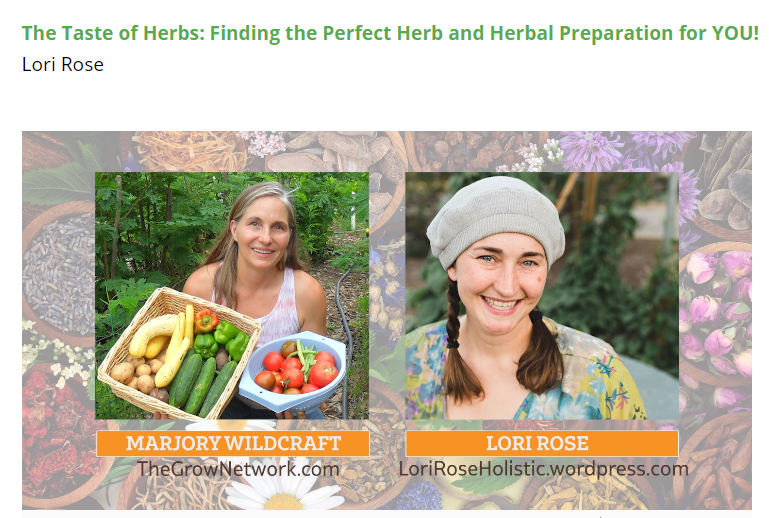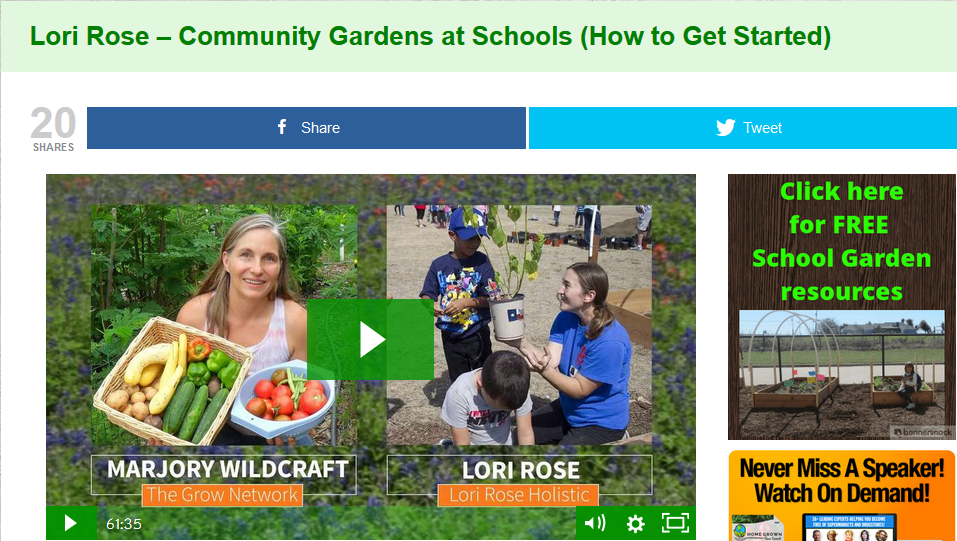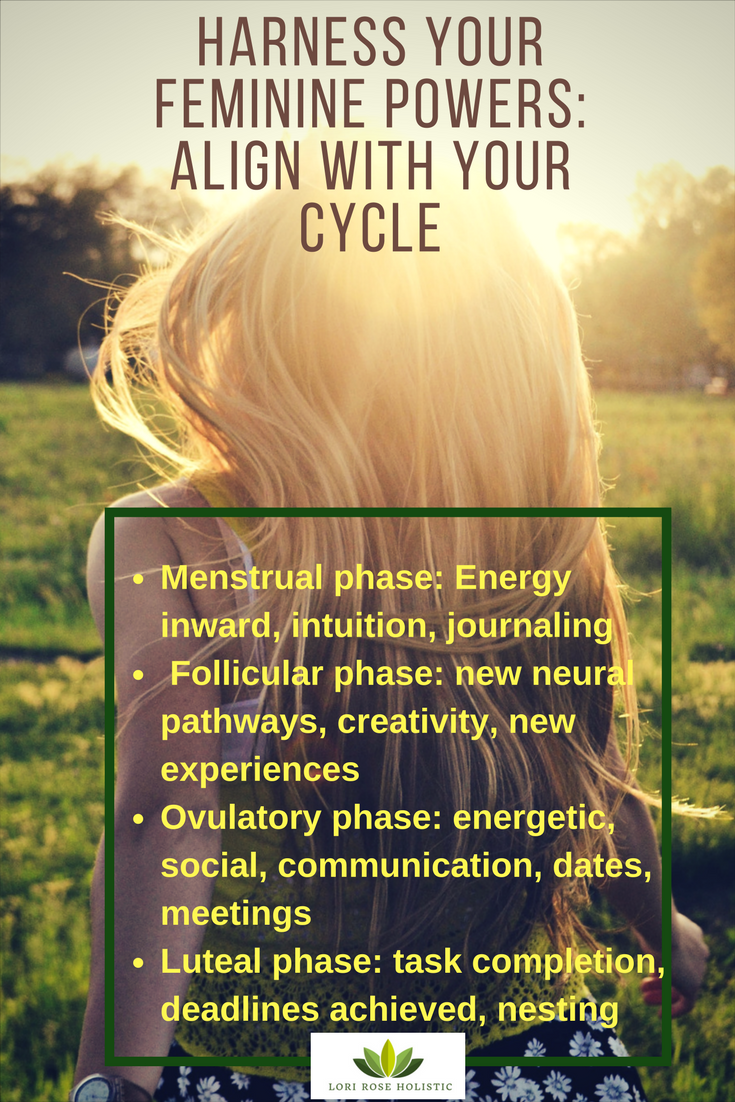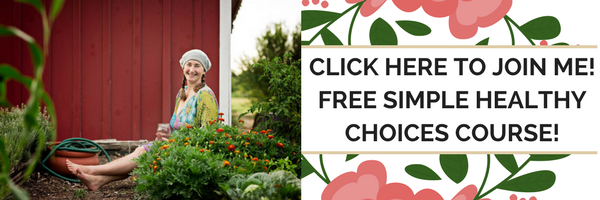
I make your health my priority so you can make your dreams your priority!
LET’S GET YOU FEELING AWESOME SO YOU CAN DO AWESOME!!!!
5 things you need to know about how to recover from burnout
This is for the doers who do too much until they do themselves in. And then still keep doing. You are not alone. I understand you. I am you. And my story can help. ❤
“Hey, for a minute there I lost myself, I lost myself.” Radiohead
Right before my grandma died, I told her all the nutrition, coaching, and herbal schools I was in. I told her I was going to create an affordable, integrated holistic wellness program that has never existed before, and I was going to do it in less than 1 year. She looked me straight in the eye and said “Be careful; you are going to burn out!” I looked right back into her eyes, weeks before she died, and laughed “I don’t burn out, Grandma!”
Because until a few months after that, I never had.
I still remember the exact moment I traded my passion for glory (that’s the song lyric I use to describe my descent from energizer bunny foodie, Zumba enthusiast, and gardener extraordinaire to burnt-out computer zombie).
It was November, and I had started 8 hibiscus plants from seed the January before. It’s my favorite plant in the garden. Store-bought hibiscus just doesn’t hold a candle to homegrown. I lovingly kept them alive through the scorching summer. After almost a year of tender care, my now-huge hibiscus babies needed to be harvested before the first frost. However, first-frost night happened to fall on one of the 2 eighteen-hour weekends each month that I had my clinicals course. I told myself that I couldn’t miss clinicals, even though the classes were recorded and I didn’t have any clients myself that day.
What would my instructor think?
I watched the clock as daylight turned into night and freezing temps, while I consciously decided to let my year’s worth of hibiscus harvest go to waste. Holistic wellness is about balance between the mind, body, and spirit. With that one decision, I had opened the door to choosing mind over body and spirit for the next two years.
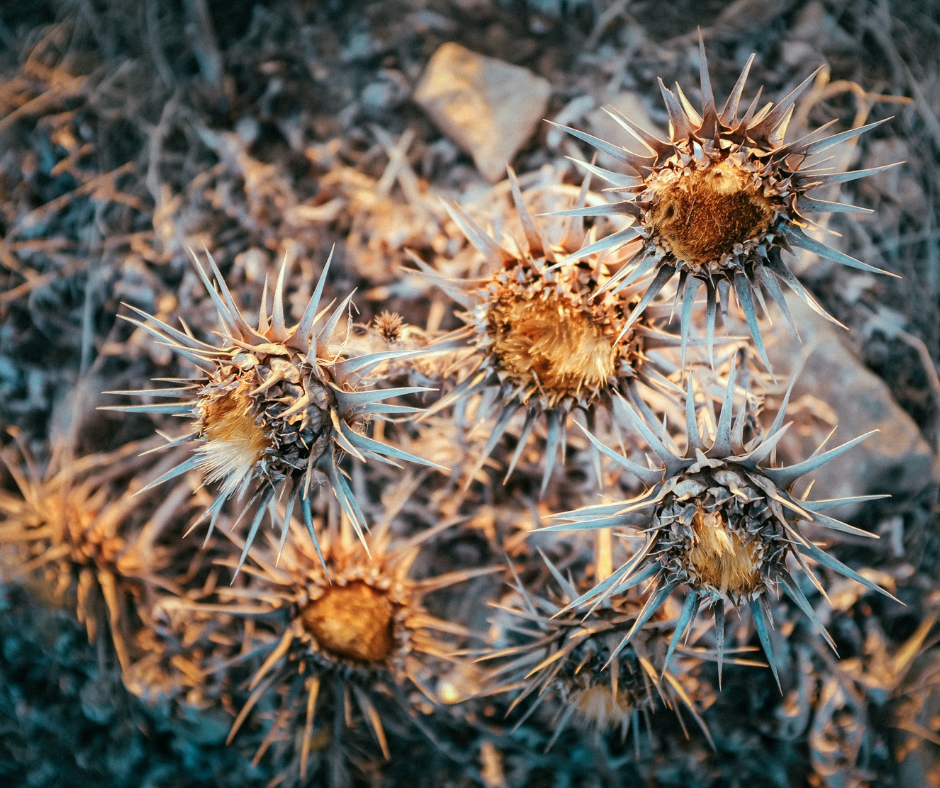
I started off slow enough to stay well enough, even though I had to let a few more passions go, like Zumba, gardening in general, and trips to my local organic grass-fed cow and veggie farmers. So I plugged away actualizing my dreams at record speed with seemingly no consequences. For a while.
The real damage was done when all of my big dreams happened to funnel into actuality at the exact. time. same.
Picture this: national board certifications from 3 different holistic boards completed, the epic start of the school program that I founded that I now had to actually create and teach (all from scratch), finally moving out to land after 10 years of dreaming for acreage (while also helping my in-law’s and sister move that exact same season), and starting and finishing the FDN program (another dream come true), all within the same few months. Oh, and my daughter happened to land a 2-minute part in the play of her dreams, so I was having to take her to that for 3 hours every night for a few months after doing all of, this, all day.
It was all wonderful. I was living my dream. Dreams. I was really so, so happy. But it was a lot. Even for me, who “never burn’s out”.
At one point, a colleague asked me to do a small extra task at work that was truly probably my responsibility, and at first I said yes, because. Then I started crying, knowing there was no way I could do that and all the other stuff I had to do. I re-emailed my colleague to say no. This person still won’t talk to me to this day.
“Be careful what you wish for, cause you just might get it all.” Chris Daughtry
Looking back, I can really see how insane it all sounds. Who would do this to themselves? I am surprised I didn’t crash worse than I did.
Sure, I noticed that I had gained 40 pounds in just a few months after being a steady weight for pretty much the last decade. Sure, I noticed that I started to say “no” a lot more when the kids asked if I wanted to play something active with them because I really was too tired to move off the couch. Sure, I noticed that I started sleeping through my alarm more and more when usually I was an annoyingly energetic early riser. Sure, I wondered why I started craving sugar again after decades of a sugar-free diet, or why I was craving night time snacks all. night. long. I really just thought it was normal old-age type stuff.
You know, 35-year-old old age. 
I didn’t really pay attention until I got my FDN lab results back from a few lab tests I took as part of their course requirements: no adrenal hormones! Like, at all! Low cortisol, low estrogen, low progesterone, low testosterone! My blood work analysis that I used to teach my holistic wellness students how to analyze lab work showed depletion in everything. Well, that was an embarrassing day of class!
These lab results, combined with the clinical correlation of my 2-year sedentary lifestyle, a return to a fast-food diet, a large amount of (good) stress all at once, and rapid weight gain, indicated a body in total shut down mode (what we call “cell danger response” in the holistic field). My body didn’t have the nutrients it needed to support all of the pressure I was putting on it, so my thyroid and mitochondria had no choice but to turn off and me shut down. To protect me. From me.
I had burned out. Just like Grandma told me I would.
“Don’t let me get me.” Pink
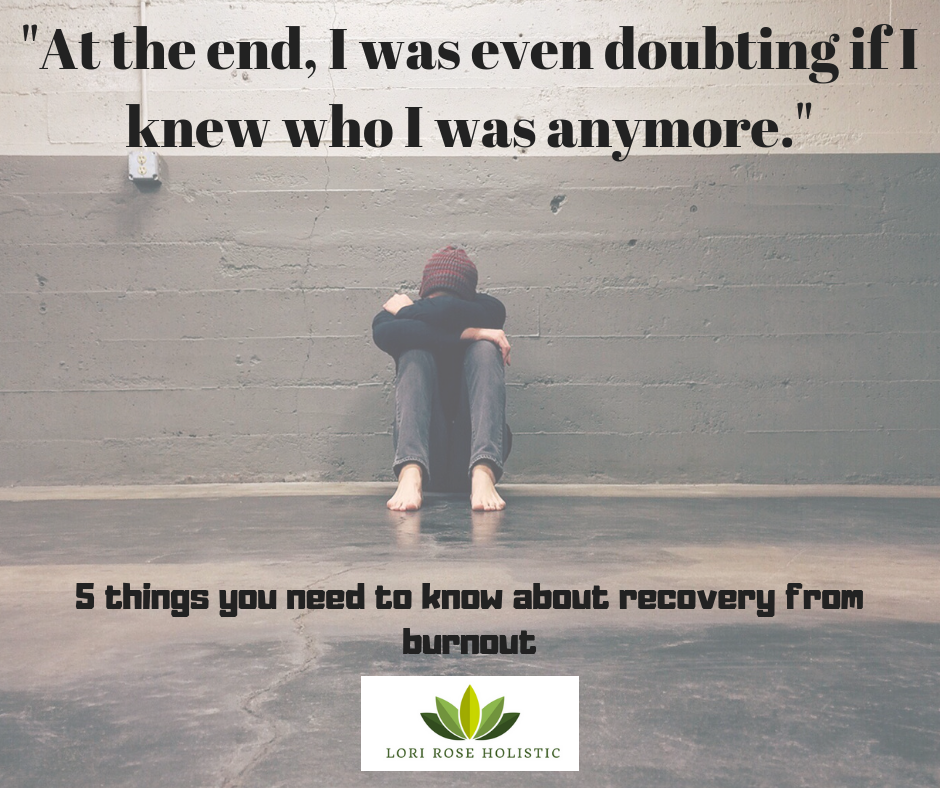
It’s sort of a blessing in disguise, really. Had this happened years before, I wouldn’t have had all the tools that I had this time.
I would have repeated my same overextend-myself pattern and used it to try and heal, thinking I was doing the right thing. I would have elimination dieted and started a 5k and built my entire garden in one weekend, and, and, and…..
And I would have made it worse.
Lucky for me I had taken 1 million classes on holistic self-care. In particular, my training in Ari Whitten’s Energy Blueprint program set me up for complete success in recovery from burnout. If I listened. And practiced what I preached. And slowed the frick down.
I decided that for once in my life I would take things slow. I would be patient with myself. I would do things the healthy way. I would learn from other people’s burnout recovery mistakes.
First, I had to clear my schedule to give myself even a second of free space to, like, eat a veggie or something.
I cancelled all outside commitments. I came home one day after class and sent a lot cancellation emails:
- No more guest blogs-I forgot to mention I was writing for 3, sometimes 4, professional bloggers/practitioners (So embarrassing and heartbreaking telling them that I was done; bye bye extra income source #1. Actually, let’s be real…these weren’t about the money; they were about the glory. It felt good getting chosen by my teachers to write for them. It affirmed that I knew my stuff, and made me feel like a bad ass. So I kept applying for every. writing. job. But there was no room for ego-feeding anymore.),
- No more clients (bye bye extra income source #2; I had to refer so many clients all of a sudden, like the Universe knew I set a health boundary and it was testing me; clients started showing up out of nowhere; I referred them all to my awesome students and interns),
- No more taking extra classes (lame),
- No more teaching extra classes (bye bye extra income source #3),
- No more kid extracurricular activities that prevented us from eating real food at home (totally lost those two soccer sign up deposits) .
I stopped it all. Only school and required work for everyone while I got better. I was serious, y’all.
And with that choice, I gave myself the space I need for physical recovery.
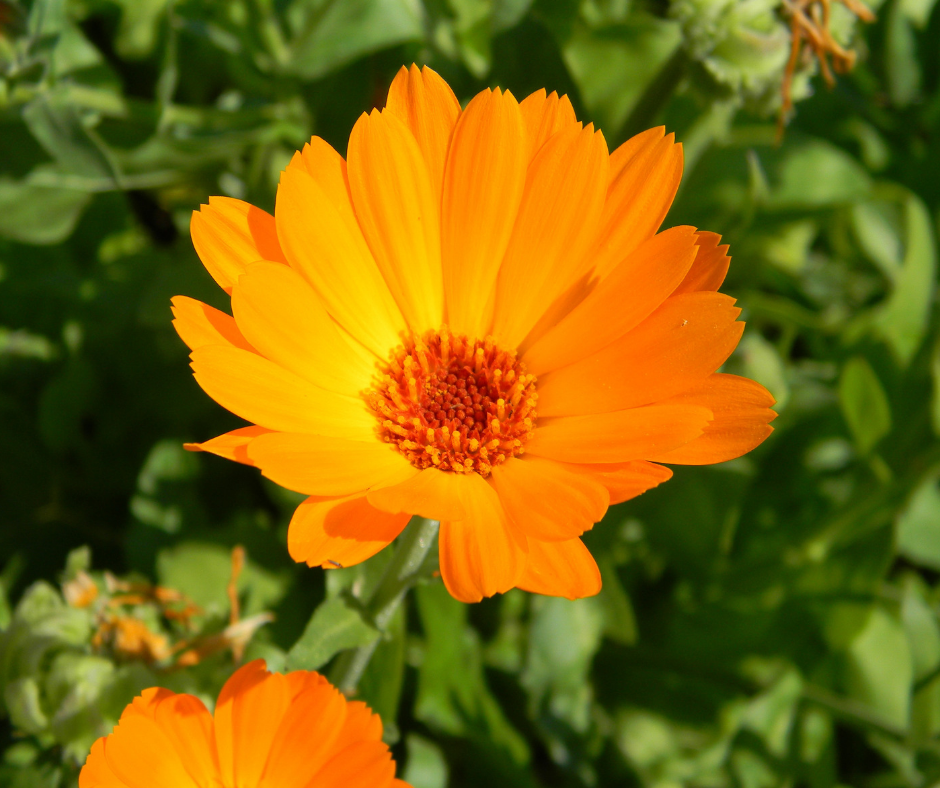
Here’s what I did to recover from burnout:
1. Start with sun exposure
As much as I wanted to push myself to be exactly who I was two years ago, back before I chose to let this happen, I decided to let the old me go. There is no time machine. There is no going backwards. Healing isn’t about taking the body back to a previous state. That’s not how healing works. It’s about giving the body what it needs to move forward.
There is only forward. I gave myself permission to be who I was right then.
And me who I was right then had to start slow.
I knew that in order to get my body even ready to start moving again, I had to start with the sun. I know that sounds weird; most people think health is all about food and exercise. And those are important parts. But I had already learned the lesson that health is about a lot more than food and exercise (although the last two years taught me you can’t leave those out, either, haha).
So why the sun?
Check out this excerpt from my free Sun Health e-course about the amazing benefits of and human body requirements for sun:
- “Bright/white light: The sun doesn’t just give us Vitamin D. It also helps us connect to our circadian rhythm. The increase of light from the sun in the morning and the decreased light from the sun at night triggers our natural wake and sleep cycles, as well as internal hormonal and metabolism signals. Dysregulation from this natural cycle is linked to increased rates of disease, obesity, fatigue, insomnia, anxiety, depression, and decreased lifespan. To maximize this gift from the sun, go outside every morning within 30 minutes of waking.
- Red light: Red light at night, think sunset light, stimulates ATP production (for those
non-biology nerds out there, ATP is the energy molecule of our cells that is required for every chemical reaction to occur) and cell regeneration (creating new cells for growth and repair, repairing damaged cells, etc.), as well as triggers you to get ready to sleep (as long as you block those blue lights inside once the sun goes now). Now you have an excuse to watch the sunset each night!
- Far and near infrared: The far and near infrared lights from the sun at any time of day are crucial for ATP production and heat hormesis (stimulating mitochondria and body resilience through mild stress). You will be getting these by going outside for your UV rays mid-day.”
I started with 5-10 min/day, naked y’all, and moved up to at least 30min per day on both sides. Every day. Even if it was cold. And it was. I really wanted to heal.
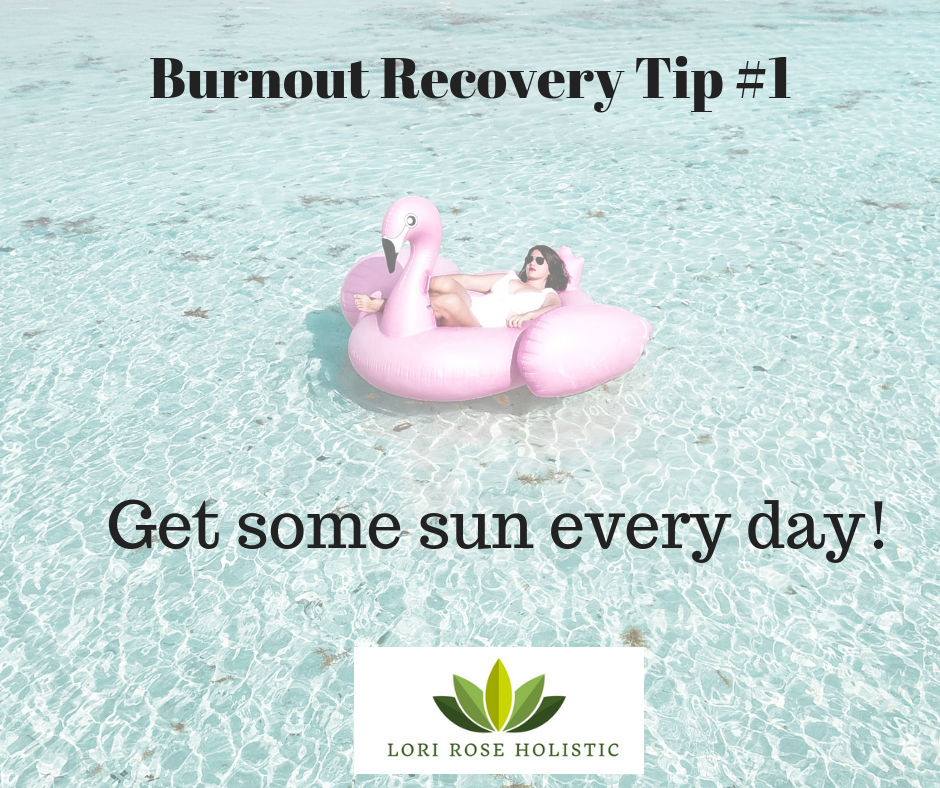
This going out into the sun thing was a triple whammy, really. I was getting the light therapy that I needed, but I was also getting cold exposure, which was making my cells more resilient, and time in nature. I was getting to watch the hummingbirds fly around the forest, and the amazing sunset that put me in a state of wonder, gratitude, and awe. I was getting to smell the aromatic oils from the plants around me, relaxing my nervous system and smooth muscles. As simple as it sounds, creating space to incorporate green time, gratitude, and awe is a crucial part of holistic wellness and is often where I start with my own clients.
And it was free! (Well, to be honest, we got me a floatie so I could float in the kids’ pool wtihout getting wet, at all-it was March, y’all-, and I had to have one with a cup holder big enough for a quart mason jar-high maintenance much?. Also, we had to get black-out fabric for my fence line because my husband was not cool with highway drivers getting a sneak peak view for some reason. So, not totally free.)
2. Just add veggies
Yes, I was the nutritionist who wasn’t eating veggies. Judge me.
The truth is, I had no time. At all. I overextended myself so much for so long that I went from growing, cooking, and canning every single plant food in our house to not even knowing how to cut up an onion anymore. I’m not kidding.
I was giving protocols to clients with recipes I had used for years that I had completely forgotten how to cook or eat. Or even remember.
It was really embarrassing. And confusing.
At the end of my burnout, I was even doubting who I was. I was doubting if I even liked real food anymore. If I even cared about real food anymore. Did I lose my passion for nature and holistic living? Was this just not who I was anymore? Could I be the holistic wellness pathway founder and teacher but just not care about holistic wellness anymore? The hypocrisy was really eating at me, pun intended, and it was eroding my spiritual well-being.
In reality, I was just so literally depleted and busy that I couldn’t care about anything. I had to get the job (jobs, so many jobs) done.
And perhaps there was a bit of perfectionism at play, thinking “If I can’t grow it, why should I cook it? Let’s just eat out.” And so we did. Every day, almost every meal.
So instead of starting back where I was before, which was clearly impossible at this point, I had to start small with something that I knew would have a big impact: at least 6 servings of veggies each day.
No eliminating anything, no meal prepping, no special recipes; just making sure that before I sat down on the couch for the night, I had shoved some plants into my mouth.
“No plants in the mouth, no butts on the couch.”
And it worked. Duh. I teach this stuff guys. I know this stuff. I believe this stuff. I just forgot to do it. 
Immediately, my sugar cravings went away (of course I was craving glucose; I wasn’t eating any glucose from plants!). I started having healthy bowel movements again (sorry guys, health practitioners talk about BMs a lot) because, duh, fiber. I also lost my night-time food cravings to just eat on the couch all night because, duh, my brain and body had the nutrients they needed.
Check out this excerpt from my free, 4-week email course from the lesson about the benefits of adding veggies:
- “Mitochondria: These little guys live inside your cells and turn your food into energy. However, they don’t work without the vitamins and minerals found in all the different colors of the veggies and fruit. Without the rainbow, we feel fatigued and we gain weight as our food is stored as body fat instead of being turned into energy. However, with the rainbow of veggies our mitochondria can turn our food into ENERGY and lead to WEIGHT LOSS as we burn those pounds into energy, too!
- Phytonutrients: These awesome molecules roam around our body fighting the HEART DISEASE and CANCER causing chemicals that hurt our blood vessels and our DNA. Each different rainbow color provides different phytonutrients, increasing our body’s ability to destroy these cancer causers and heart damagers. These guys also boost our immune function by being generally antimicrobial, and so daily consumption of the rainbow’s colors serves as an ILLNESS prevention strategy! As if that wasn’t awesome enough, antioxidants from food support our adrenal glands when dealing with STRESS. Without antioxidants from food, our body has to use other antioxidants usually used to protect our adrenals, and we eventually run out and become big balls of overstressed sick people. The more colors of the rainbow, the more our adrenals are protected and the better we handle our stress! As an added benefit, the better we are dealing with stress the easier to is to LOSE WEIGHT.
- Fiber: Most of us are very low in fiber, although we hear over and over that fiber helps decrease our risk of CANCER and alleviates CONSTIPATION and BLOATING. Although we are told whole grains provide the most fiber, the fact is that veggies provide 2-4x as much fiber compared to grains! Fiber also feeds beneficial gut bacteria, which you will learn below is important for dealing with mental health and hormone issues! Fiber also helps flush out toxins from our body, which decreases our stress response to these toxins and supports WEIGHT LOSS.
- Vitamins: We all hear that it is important to eat your vitamins, but the why is usually left out. One of the many important uses for vitamins from veggies includes mental health: decreasing ANXIETY, DEPRESSION, and PMS, increasing SLEEP, and supporting RELAXATION. Vitamins, B6, B3, and C are required to make the neurotransmitters that help us deal with STRESS, help us have feelings of joy, help us sleep, and help us relax. Vitamin B5 is required to create our stress and sex hormones, important for a healthy LIBIDO and stress control. All of these vitamins are found in veggies!!!
- Minerals: Many people think that heart burn is caused by too much acid in the stomach, but really the opposite is true. Diets low in veggies are low in potassium, and potassium is required to create acid in the stomach for proper digestion. Without stomach acid, our food gets stuck undigested in our stomach and creeps back up into our esophagus letting what little acid is in the stomach splash into the esophagus. This causes the excruciating pain of heart burn. Including green veggies with every meal provides the potassium we need to create stomach acid, allowing digestion to occur without the pain of HEART BURN.
- Magnesium: Diets low in magnesium can exacerbate HEART DISEASE, cause a lack of SLEEP, and increase symptoms of PMS. Most diets are low in magnesium because magnesium is found in green foods! Making sure you get a green food at every meal can provide the magnesium to support a healthy heart, proper sleep, and decrease symptoms of PMS!
- Gut Bacteria: Last but not least, the fiber in veggies feeds the bacteria in our gut. This doesn’t sound that awesome, but our gut has been called our second brain and second immune system. Over 70% of the immune system is in our gut, and the majority of our neurotransmitters and hormones are produced there if our gut bacteria are properly fed with fiber. Without our good gut bacteria, we experience DEPRESSION, ANXIETY, SLEEP ISSUES, SKIN ISSUES, INFLAMMATION, HORMONAL IMBALANCE INCLUDING THYROID ISSUES, and a decreased IMMUNE SYSTEM! Making sure we keep these helpful critters well fed is crucial to our health!”
See. I told you I knew veggies were important. But had I been eating them? No. 
After I started feeling better from the veggies, then I relearned how to make all of my old recipes, got the energy to plan and eliminate some things, and I fell in love with food again.
I did still love real food! I just hadn’t seen her in a while.
And this slowly progressed to meal planning with the family, bulk meal prepping, eating garden food again, canning again, and more.
I slowly started to get reacquainted with Me.
And the hypocrisy-shame started to wear off.
And I started to shine again.
(PS: I do not promote perfectionism. We still eat out a few times a week. I still eat Taco Bell sometimes. And gluten (gasp!). It’s about balance, guys, not obsession. I’ve got that lesson down, at least!)
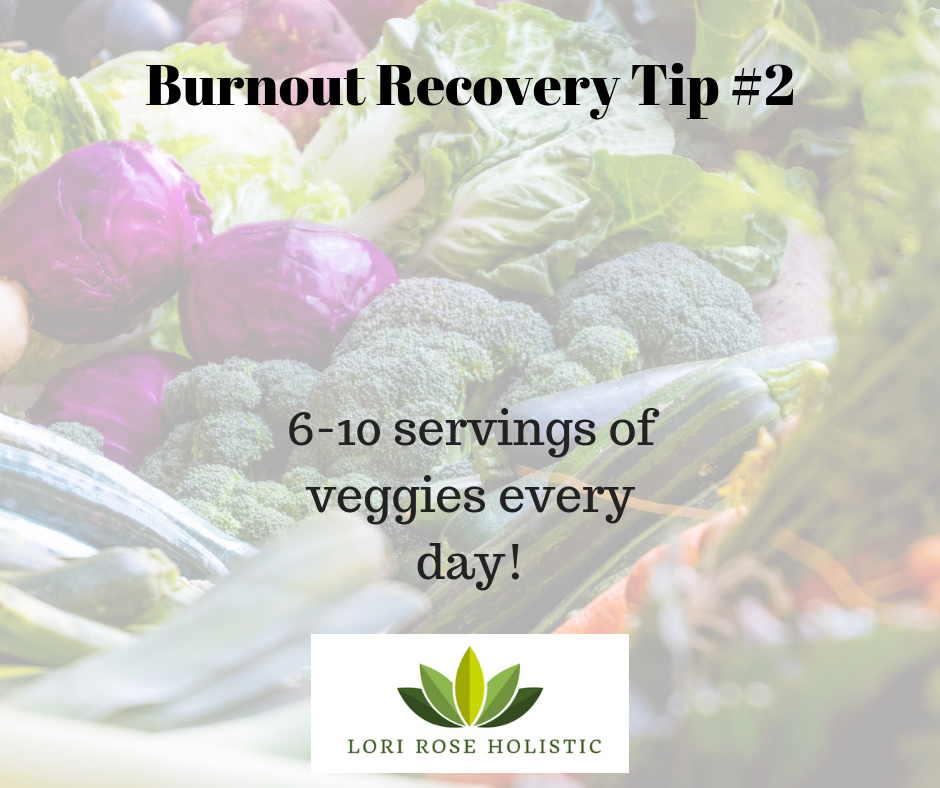
3. Just a little movement at first
When it came to exercise, I had a very difficult time letting go of expectations to be the previous version of me. Two years ago. I wanted to build a 6 raised-bed garden in one weekend. I wanted to start doing Zumba 5 days per week. I wanted to start back at my Ashtanga Yoga routine 3 days per week. And I wanted to start it now (are you seeing a pattern here? unrealistic expectations, much?).
Instead, I gave myself permission to listen to my teachers. In fact, I didn’t even start with exercise. I started with sun and veggies. After about two weeks of routinely going outside in the sun and walking just a little each day, I was ready to get moving.
And I did not go straight to Zumba classes and raised-bed building.
Instead, I shoveled one truck load of mulch each week for my garden. That’s it. It was so hard. And I was so proud of myself! Both for the shoveling, and for the stopping after one load. That whole stopping thing was completely new for me.
Instead of starting with Zumba and Yoga classes, I started with one Zumba song a few days a week, and 10 (nope, that was too much!) 5 Sun Salutations each day (give or take a few days). You heard that right. One song. One.
I was so much weaker than I realized!
And I could have pushed it. I could have. But I knew from hearing others’ experience that it would have shut down my body. So I didn’t. **ring the lesson-learned celebration bells**
But I didn’t give up, either.
After a month of slowly increasing to being able to do a 30 min Zumba class at home-a month!-, I went to my first group one-hour class. It was brutal. And I didn’t pretend it wasn’t. I didn’t dance passionately; I just showed up and moved. I gave myself permission to not unleash the overly passionate, intense Zumba goddess dance moves. Yet.
I even had a few come-back injuries when I first started back: an Achilles tendon thing, and a back thing. Usually I would have tried to push through those and ended up with a bigger injury. But the second I felt something was off, I stopped. In the middle of class, you guys!
I honored the call to rest. For once in my freaking life. And it paid off.
Now, after 6 months of 2-3x/week of Zumba, I am as (or at least close to) energetic as I was before, dancing my butt off as passionately as ever. I have 6-raised beds again (that I built slowly, one by one, over many months), and I shovel a couple of loads of mulch and compost every few weeks as I am slowly recreating my herb and butterfly habitat.
And God, it feels good.
(PS. I tried Yoga a few times, but truth be told I still haven’t gotten strong enough to start back up for real, and I quit the Sun Salutations. My shoulders kept popping out of socket. I have some more internal, structural connective tissue building to do with food first. I gave myself permission to let enough be enough, and to let slow and steady really mean slow. I bought an Ashtanga Yoga DVD and I do plan on working my way up to that strength again. But I really wanted to make sure I had made Zumba part of my routine before I started something else…especially when I realized how extremely challenging it was going to be. One challenge at a time is how real habits are made. Can you believe I just said that??!!!!)
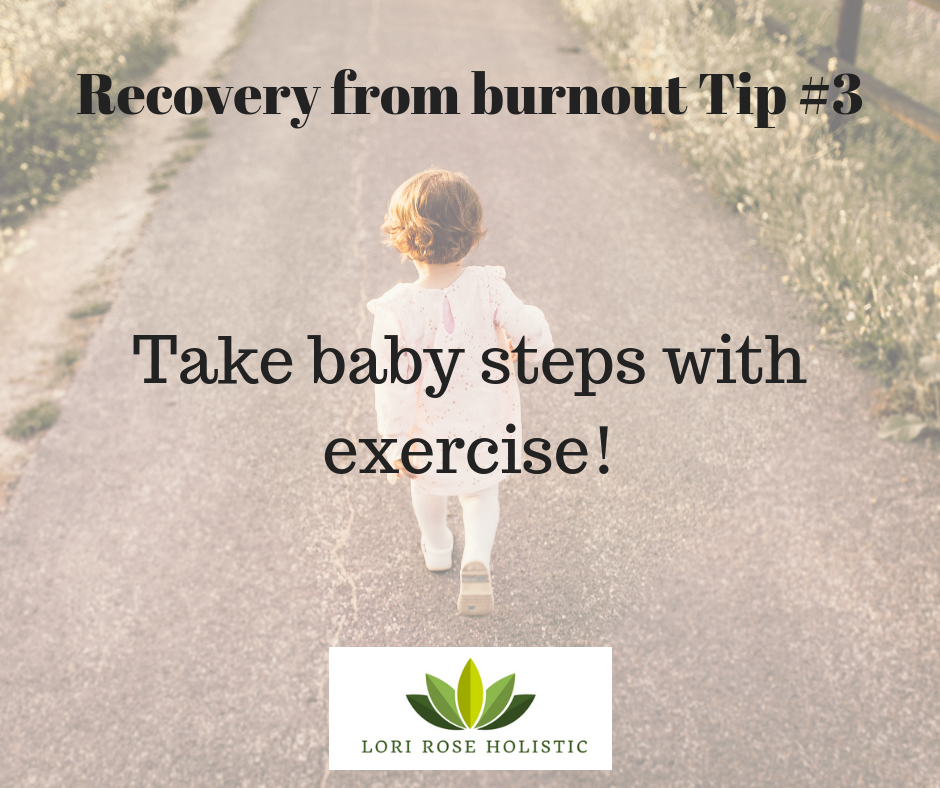
4. You have to sleep
I put this towards the end, because luckily this was the one strategy I had implemented all throughout my entire overdoing-it escapade thanks to hearing wise words from my teachers Rosalee de la Foret and Ari Whitten. I truly believe that the fact that I had already strictly committed to sleeping before this all happened is the only reason I didn’t get more sick than I did. But this step should probably be one of the first strategies, really. Sleep, sun, and veggies before any other major movement goals. The reason why it’s hard to put those in order is that the sun and veggies will help you sleep better, and sleep will help you have energy to commit to making veggies and going outside. They all go hand in hand.
Here’s the thing: You. Have. To. Sleep. There is so much repair that goes on when you are sleeping that doesn’t get done when you don’t. If you don’t sleep, hormones get imbalanced. Your brain stops working. Your thyroid shuts done from the stress. Then your mitochondria go into cell danger mode. You just have to sleep. You have to.
You will be amazed at how much more you get done when you commit to sleep. It makes you more productive, not less. Sleeping isn’t laziness. It’s a necessity. Put it on your to-do list so you get to mark it off first thing in the morning. See, I understand you. I really do. ❤
There are some really great strategies to help you sleep better:
- more sunlight during the day (covered that),
- putting the thermostat down to 68 or lower about 1 hour before bed,
- blackout curtains and making sure the only light at night if needed is red light,
- blue light blocker glasses after the sun goes down,
- a bed time ritual including a hot bath/sauna about 1 hour before bed,
- not exercising within 5 hours of bed time,
- no caffeine after 2pm, and really trying to reduce it as much as possible,
- making sure to be in bed by 10, 11 at the latest, and
- a stress/task journal to get all of your to-dos out of your head before you get in bed.
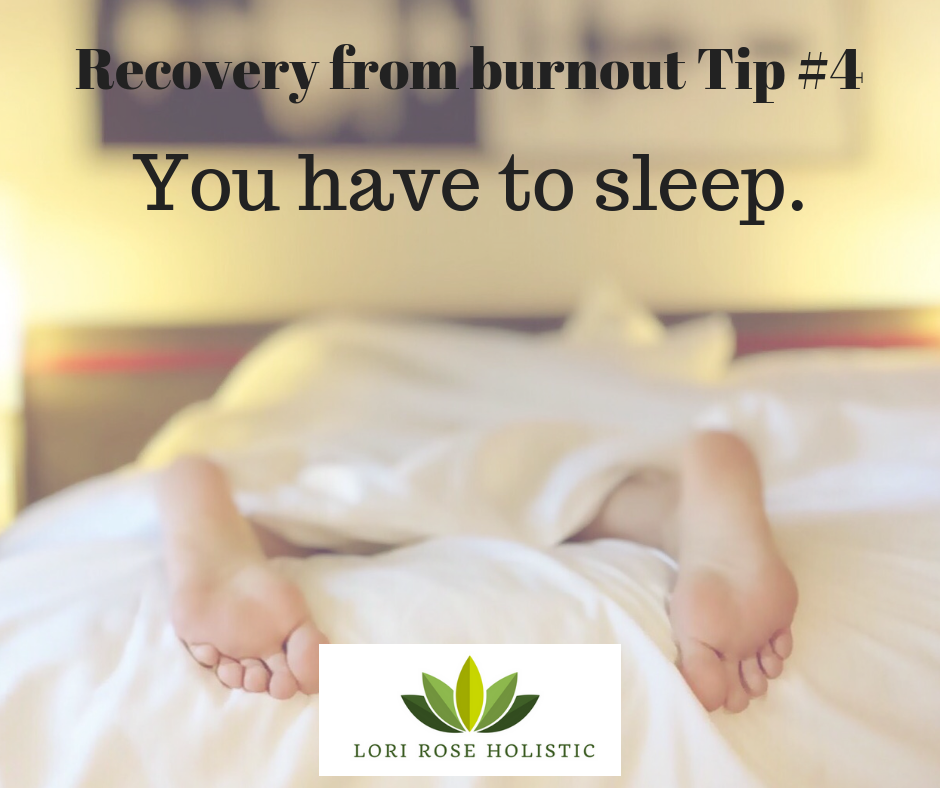
5. Herbs can really help
Let me be clear: there are no herbs that are going to miraculously make you prioritize sleep and rest and slowing down. That’s your spirit, and your limiting beliefs, and your perceptions of what is important that need to be challenged for you to know that it really is ok, no, required, to slow down.
But once you do that, herbs can really help.
The excerpts below are from my Herbs for Energy e-book (citations for studies/doses can be found in the e-book), which is a much more thorough look at many different options for using herbs to decrease fatigue. Here, I am just going to cover the ones I used for my journey.
There are so many categories of herbs that can help you recover from burnout, and the ones you use will depend on what you need. My lab results (and knowing the crap I had been eating for two years) told me that I needed nutrients. Two herbal categories are used to directly and indirectly nourish the body:
Nutritive herbs:
“Nutritive herbs are food -like herbs with little to no toxicity that are kid-friendly and can be used every day in large amounts. In fact, not getting enough of these herbs is probably the only “danger” to avoid. Nutritive herbs are indicated in situations of fatigue caused by malnourishment and/or low absorption. To take nutritive herbs, buy them in bulk and create “nourishing infusions”. Nourishing infusions (NI), encouraged by herbalist Susun Weed, are 1 oz of dried herb by weight steeped in 1 quart of just-boiled water, covered and steeped for 4-8 hours (generally overnight). Strain the herb and drink the infusion throughout the day. Many herbalists use NIs as their daily “multivitamin”. They can be combined with smaller amounts of phytonutrient-rich herbs like rosehips and elderberries, or other spices like cinnamon, ginger, peppermint, or lemon balm for flavor. Many NI herbs are cooling and drying, so you can add warming (ex: ginger) and/or moistening herbs (ex: marshmallow root) to help balance them to
your constitution if you are already cool and/or dry. You can switch them up daily, weekly, or monthly.”
On Sunday, I make 7 quarts ahead of time and put them on my counter without adding water. I tend to rotate through nettles, oatstraw, violet, and burdock, adding licorice, cinnamon, rosehips, and/or marshmallow when I can. Each night of the week, I fill up one, cap it, and then strain it in the morning. When I don’t make my 7 on Sunday, I miss the whole week. That’s just me. Know thyself.
There are tons of herbal options here: stinging nettles, oatstraw, violet, chickweed, mullein, burdock, hawthorn, rosehips, and alfalfa. They all have different nutrients and different qualities (drying/moistening, warming/cooling) that I cover in great detail in my Herbs for Energy e-book.
Adaptogen herbs: I almost don’t want to go here because this category of herbs is misused, a lot. Adaptogens indirectly nourish the body via immune and stress response systems, depending on the herb. Some are stimulating, like ginseng, and should really be saved for those people who never had any energy to begin with, not for people who are over-energized and drove themselves into burnout by not tampering that energy. These are the most misused, because, ‘merica.
But there are others that gently support and nourish the body, and if you choose the ones best matched to your body (explained in detail in Herbs for Energy) can be quite helpful.
- “Tulsi , or holy basil (warming and drying), has been shown to improve general anxiety and depression, improve several immune system parameters (including NK cells and helper-T cells), relieve arthritic and inflammatory pain, and to be anti-cancer in in-vitro studies (no human trials have confirmed this). The adult dose ranges from 1 tsp-2 cups daily, steeped 5-10 min covered. Tulsi may have anti-fertility properties, is slightly blood thinning, and slightly blood-sugar lowering, so consult a doctor if indicated. Tulsi grows best during the hot, summer months.
- Ashwagandha (warming, moistening) might improve thyroid function , might improve cancer-related fatigue, has been shown to increase 4 different immune cells, and improve anxiety. You need to use ashwagandha for several weeks before you notice an affect. Roots would normally be harvested in the Fall before a freeze, but in native climates it grows year round. The adult dose is 3-6g powder or 20-30g decoction per day, and has traditional been taken with fats for better absorption. As mentioned above, the whole-herb is considered preferable to the single-constituent extracts. Don’t use with barbiturates or if you have nightshade allergies. Avoid use during acute upper respiratory mucus conditions.
- Shatavari (warming and moistening) contains immune-modulating polysaccharides, is used as an anti-inflammatory, and commonly used for fertility issues (it translates literally to “she who has hundreds of husbands!). Adult doses use up to 20g powdered, decocted root per day. Shatavari is harvested in late winter/early spring.”
I used a drink of
- 1 tsp powdered ashwagandha,
- 1 tsp powdered shatavari,
- 1 tsp powdered bacopa (these three were recommended to me by colleague and then practitioner Redeeming Vitality),
- 1 tsp cacao (I added this and the below ingredients),
- a sprinkle of cinnamon and ginger, and
- 1 TB coconut milk
- stirred into 1 cup of hot water every morning for a few months.
The first three herbs were therapeutic, and the rest were for flavor, balance, and absorption. I made 7 cups of the dried ingredients on Sundays, then added the wet ingredients to one cup each morning.
There are a lot of mason jars and coffee cups on my counters. It’s worth it.
Now, I drink 1-2 quarts of holy basil and hibiscus tea (store bought at first, but I am happy to tell you I now have a great storage of my own from this year!) as often as possible, just as an ongoing way of getting herbal support. I just grab a handful of each, throw in a cinnamon stick or a few spearmint leaves, maybe some sumac berries, and put them in the fridge overnight. Easy peasy, yummy breezy.

Relaxing nervines: If you need some help falling asleep or slowing down, check out my dream dust tea recipe here.
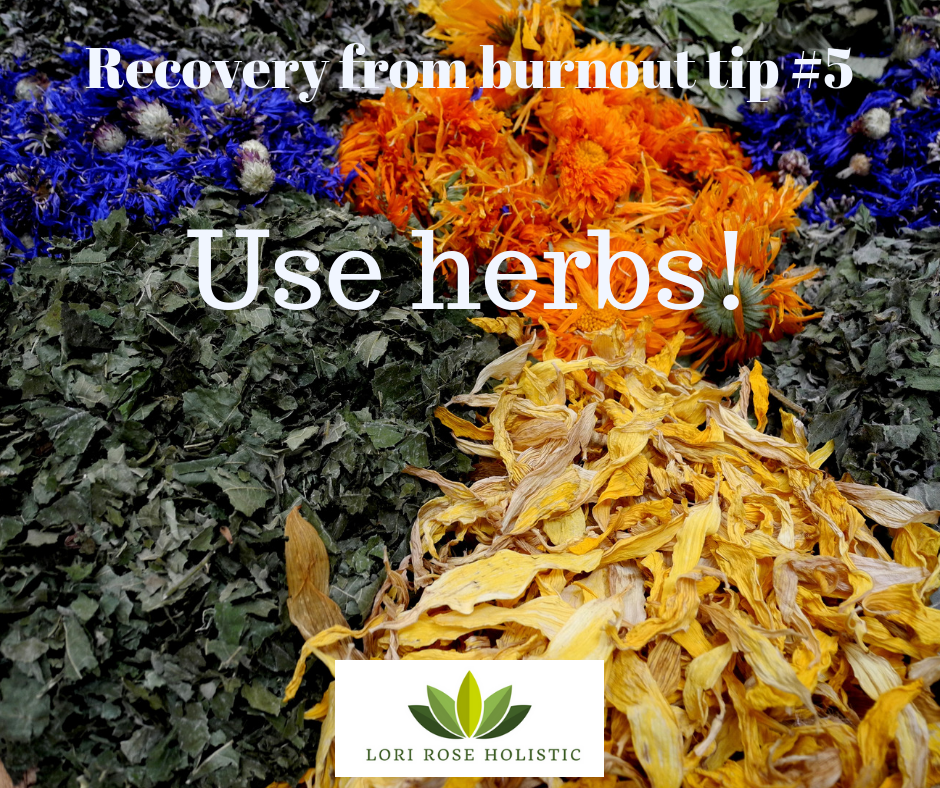
Hopefully my story let’s you know that you aren’t alone, that there is hope, and gave you some strategies you can start implementing right away. Slowing down may be a huge pain in the over-productive over-achiever’s butt, but it is worth it. You’ll produce so much more in the long run if you don’t run yourself into the ground. ❤
One part of the story that I left off is how over-extending myself like this affected how I treated others around me. I teach and value wholehearted living, including assuming the best in others and responding instead of reacting. What I didn’t realize is how much space is required to live out these values. I was too busy to assume, well, anything, and that led to me reacting, um, most of the time. I made a lot of apologies in 2018, and luckily received the grace I didn’t deserve. Mind, body, and spirit. ❤
“And the call wasn’t out there at all, it’s inside me, like the tide, always falling and rising. I am Moana!!!” Moana
Do you know someone who needs to hear this? Share it!
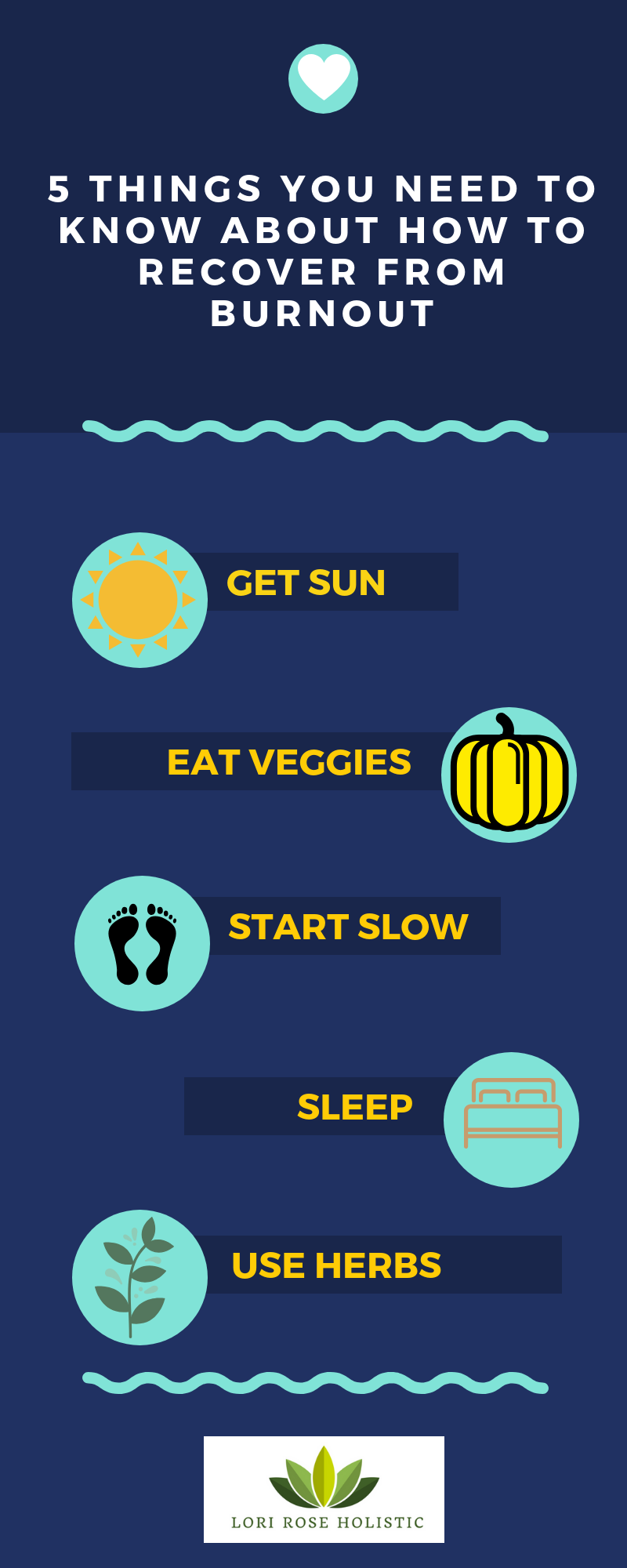
Make sure you don’t miss future posts:
I make your health my priority so you can make your dreams your priority!
Don’t forget to follow me on Facebook here!
Or check out my podcast with Weight Free Wellness here!
Learn about my e-books, Herbs for Energy, and All Natural Herbal Bug Repellents.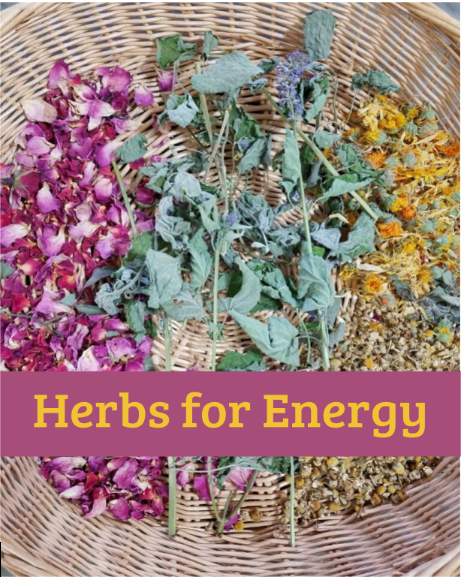
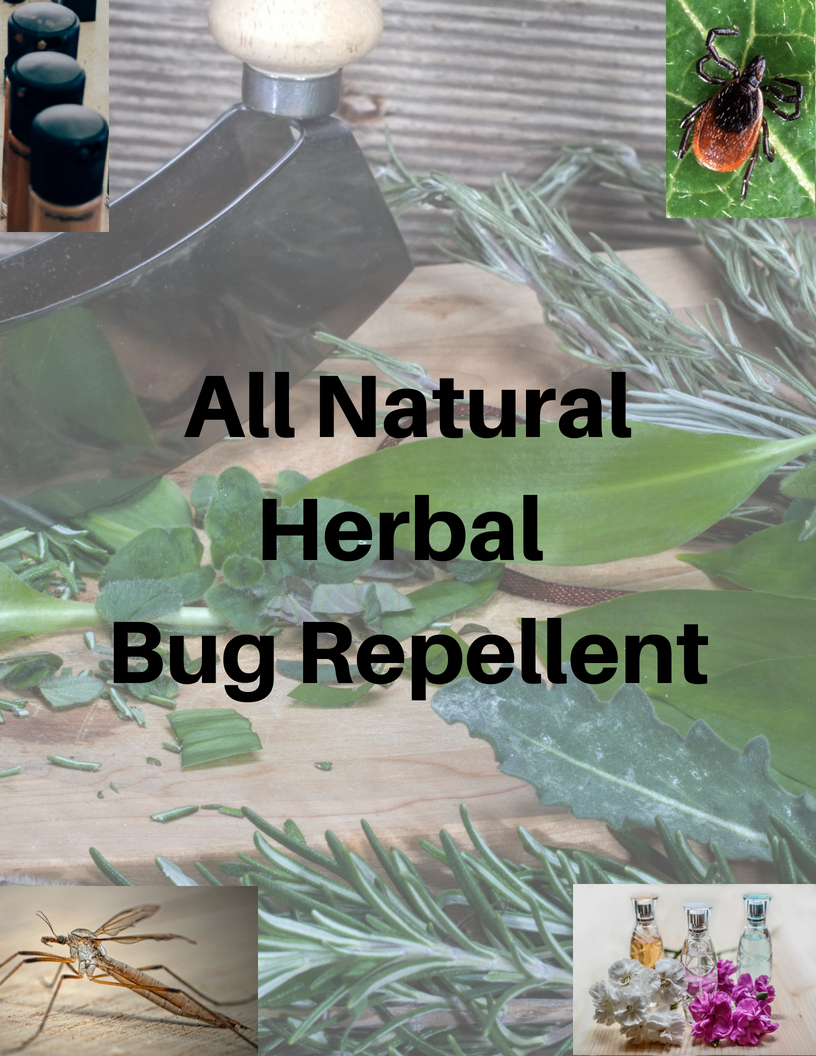
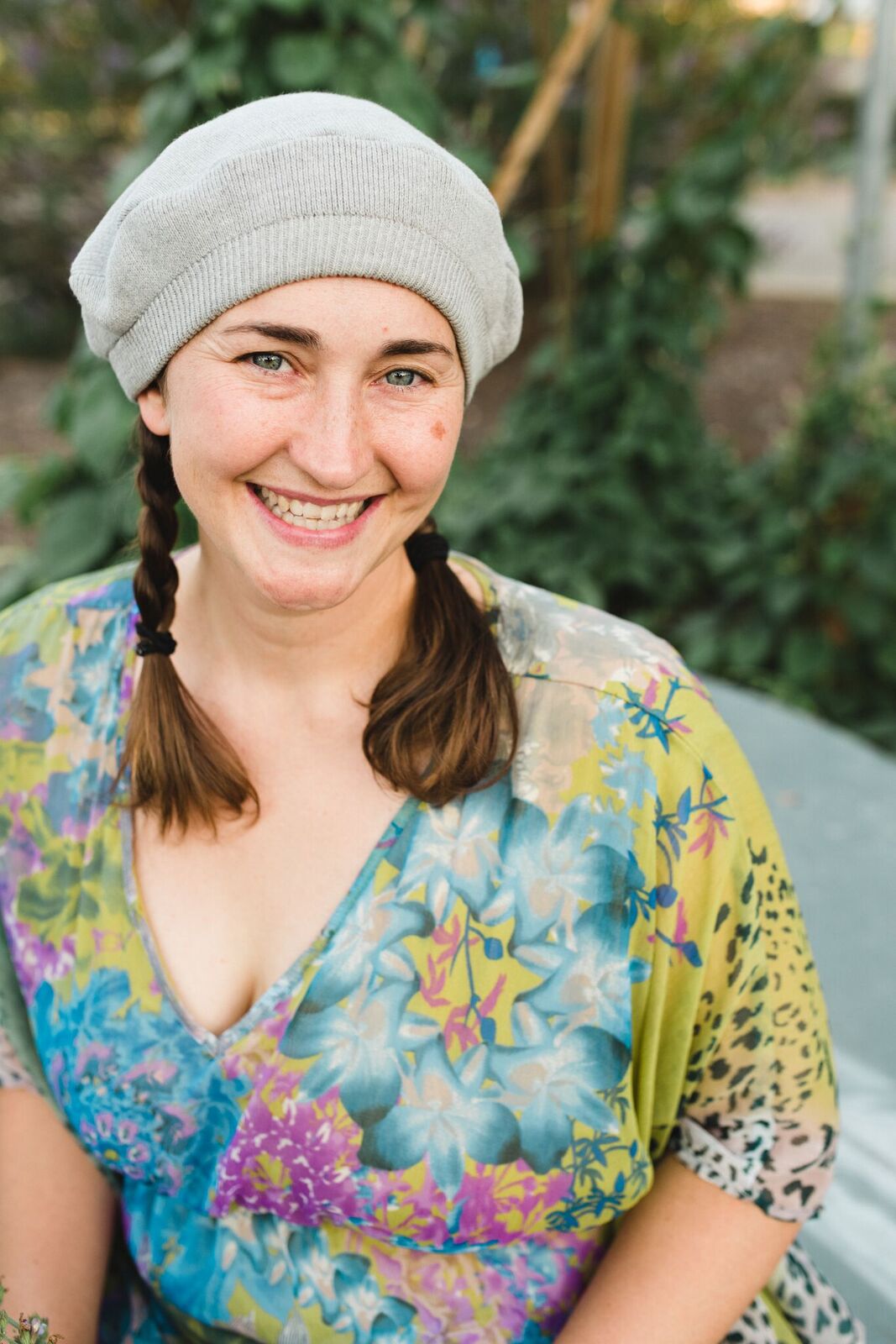

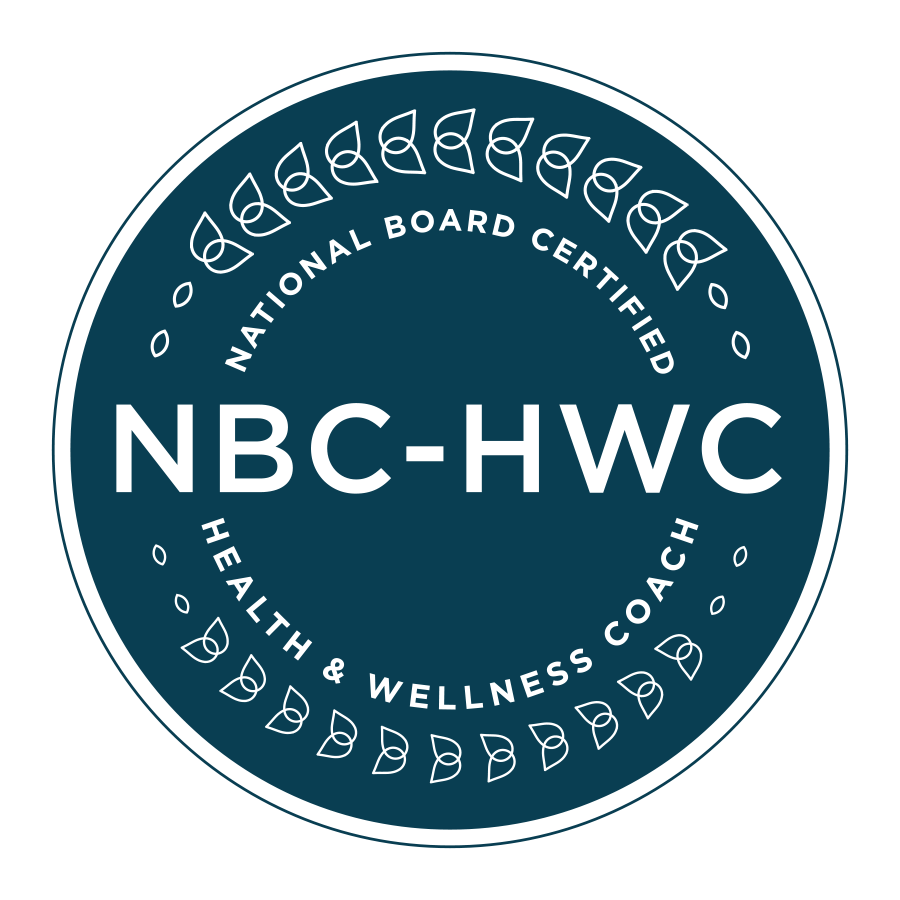
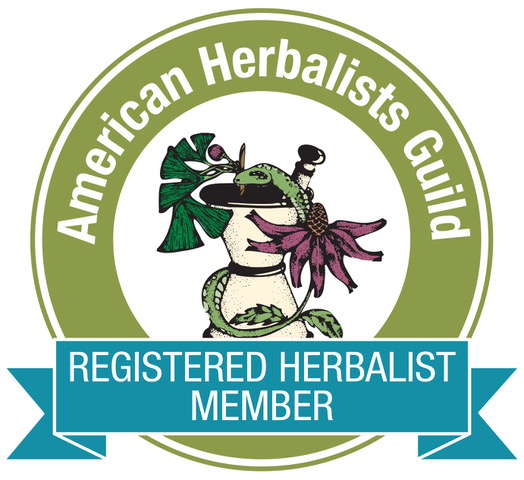
Lori Valentine Rose, PhD, CNP, BCHN, FDN-P, RH (AHG), NBC-HWC, is a college biology, nutrition, herbal, and wellness instructor, national board certified nutrition professional and holistic nutrition consultant, Functional Diagnostic Nutrition® Practitioner, board registered herbalist, national board certified health and wellness coach, wife, mother, organic vegetable, fruit, and medicinal herb gardener, school garden planter, city class teacher, and passionate Zumba dancer! She created, developed, and instructs the Hill College Holistic Wellness Pathway, the most thorough, affordable, degreed wellness program in the country. She also has a video podcast here where she interviews people that have helped her truly embrace real mind-body-spirit holistic wellness. She loves spreading love and light, and helping others feel awesome on the inside and out so they can live their dreams and make this world more awesome! Lori Rose Holistic does not replace medical advice or working with your doctor, and she does not diagnose, treat, or cure disease. Her goal is to educate, and any actions you take are voluntary and of your own free will.
If you are tired of doctors that only spend 5 minutes with you only to give you medications that are band-aids and don’t address the root cause of your issues,
If you are tired of counting calories and failed diets,
If you are tired of feeling overwhelmed, helpless, and hopeless with exhaustion, pain, and illness,
If you are looking for a practitioner to finally take the time to listen, empathize, encourage, and empower you with the tools to take control of your life again,
If you are ready to start feeling awesome so you can start doing awesome,
Then you have come to the right place! I am a passionate, educated, skilled practitioner that promises to work on an individualized plan designed just for you so you can start feeling like yourself again!
If you are ready to learn the tools and skills needed to get the vitality back into to your life then email me at loriroseholistic@gmail.com to set up your free 15 minute introductory consult!
Read reviews from my clients here!
LET’S GET YOU FEELING AWESOME SO YOU CAN DO AWESOME!!!!














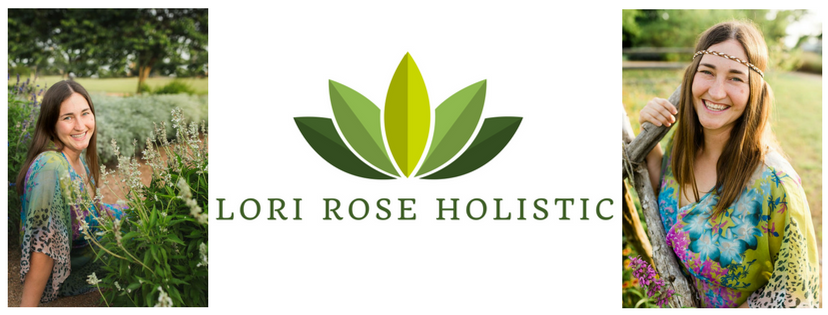



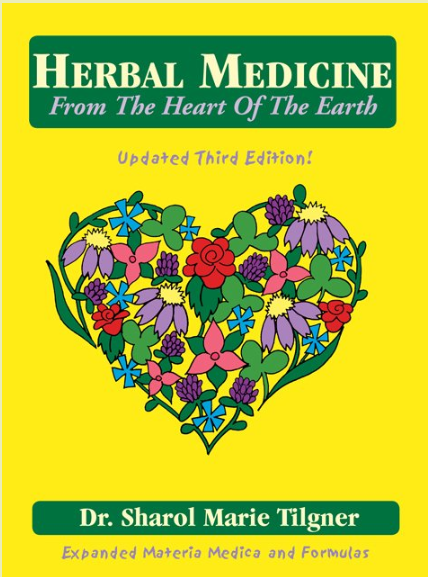

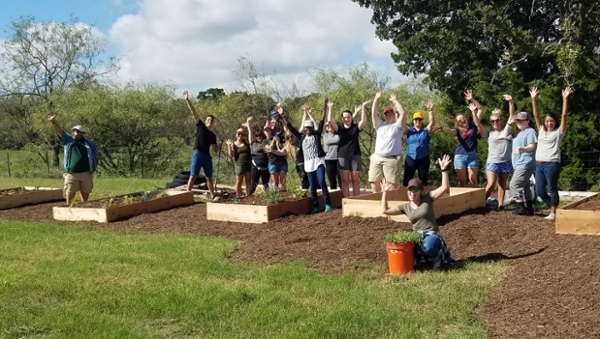


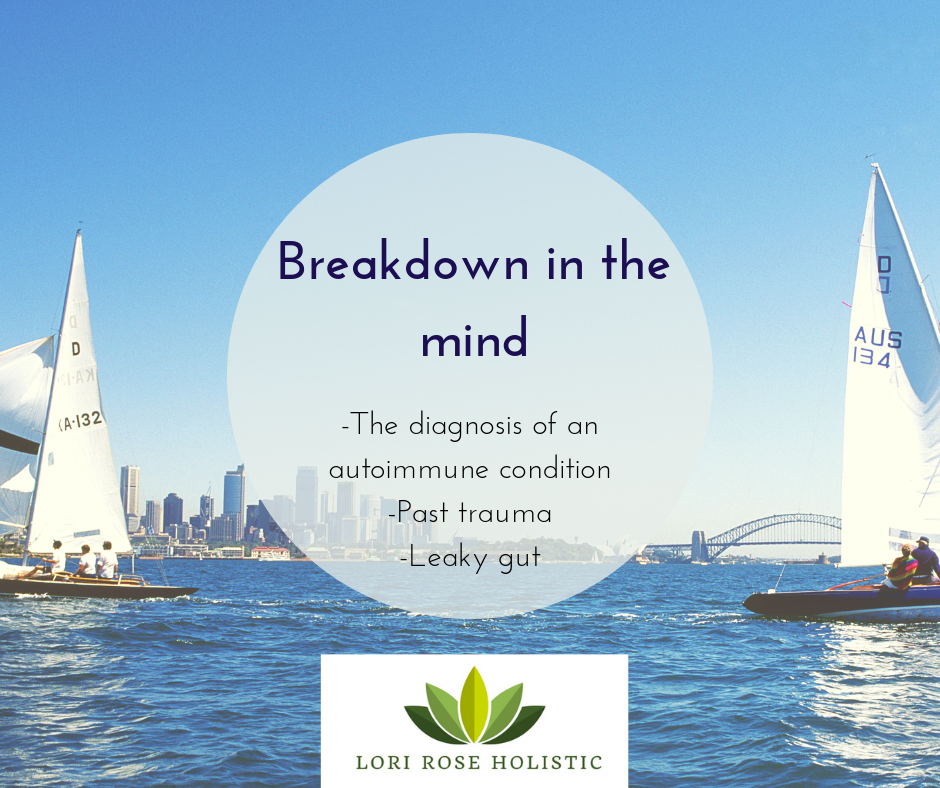
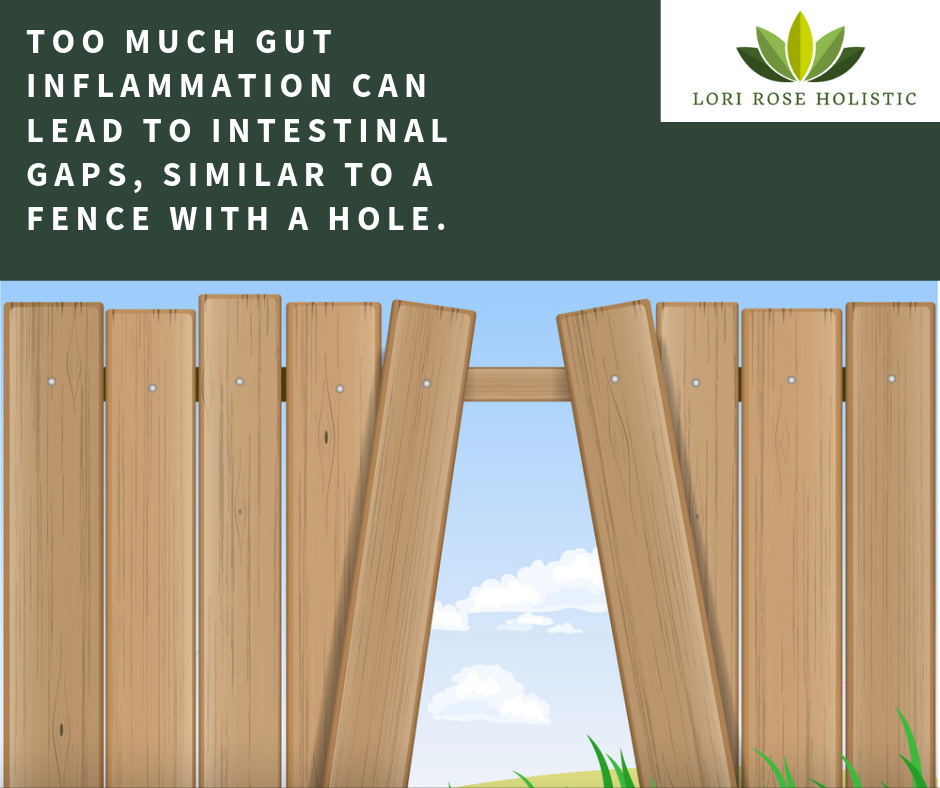
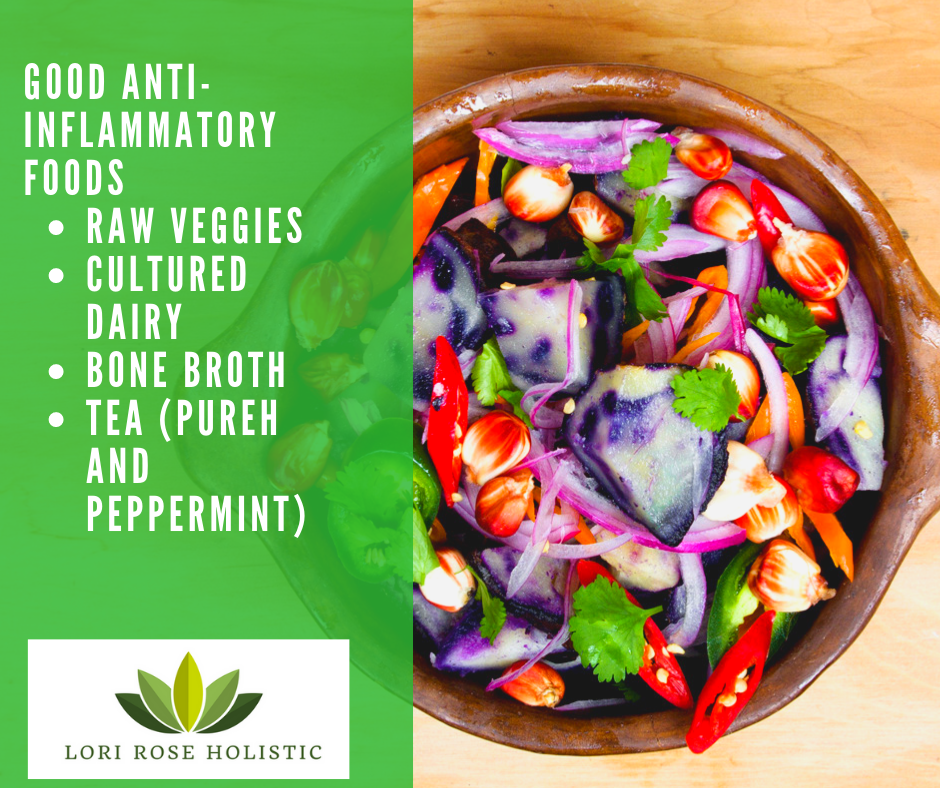
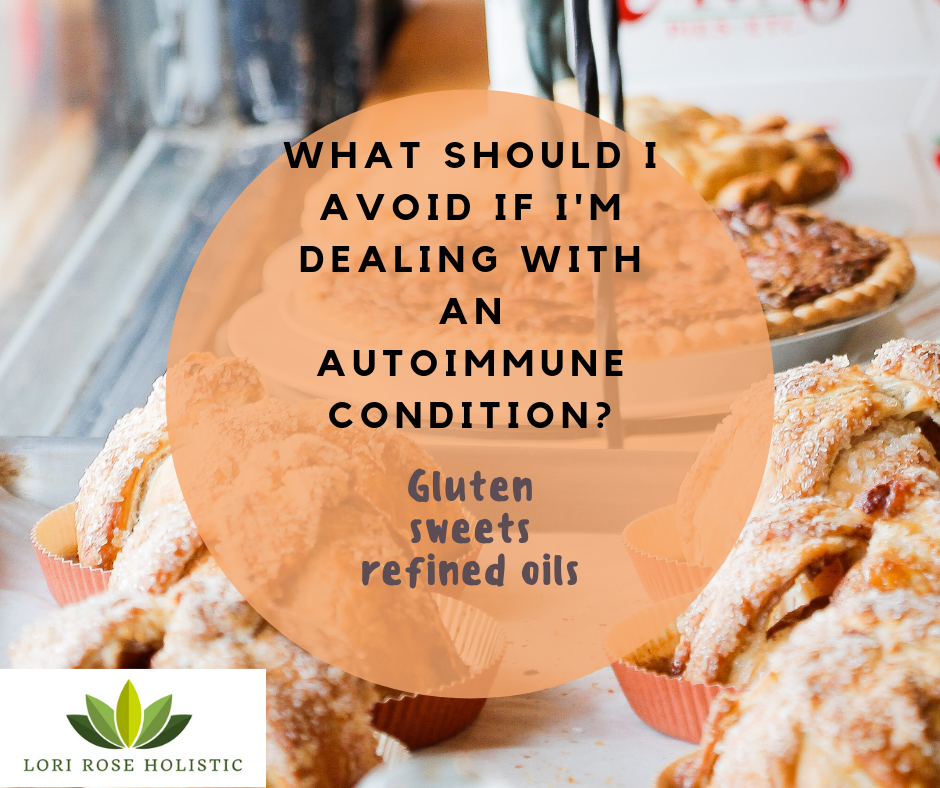

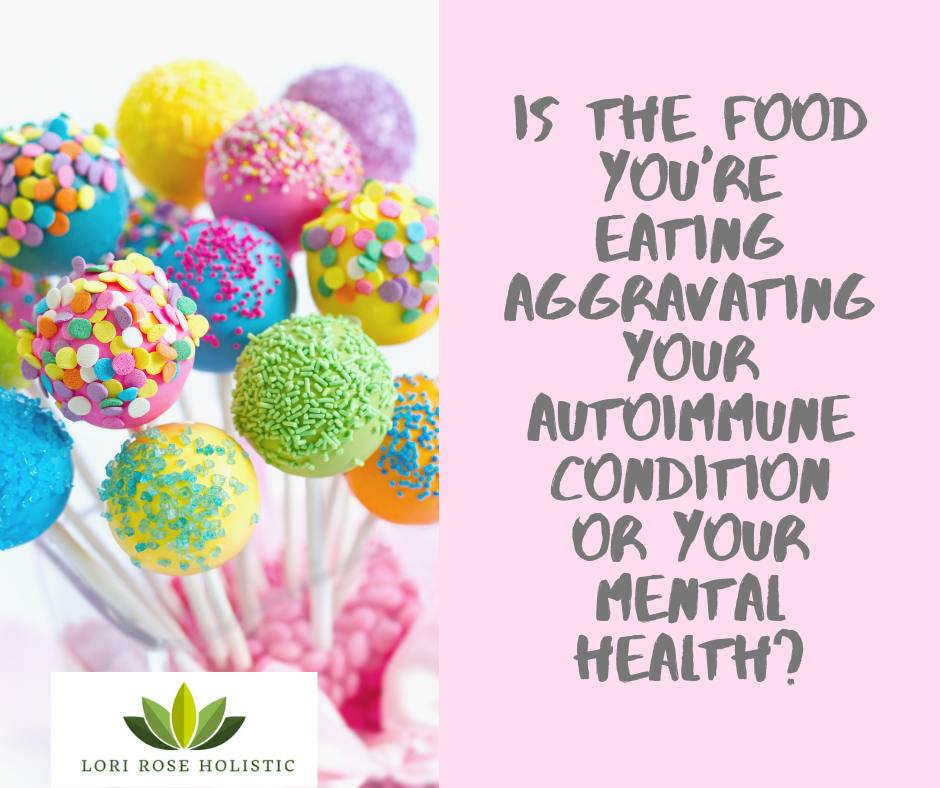
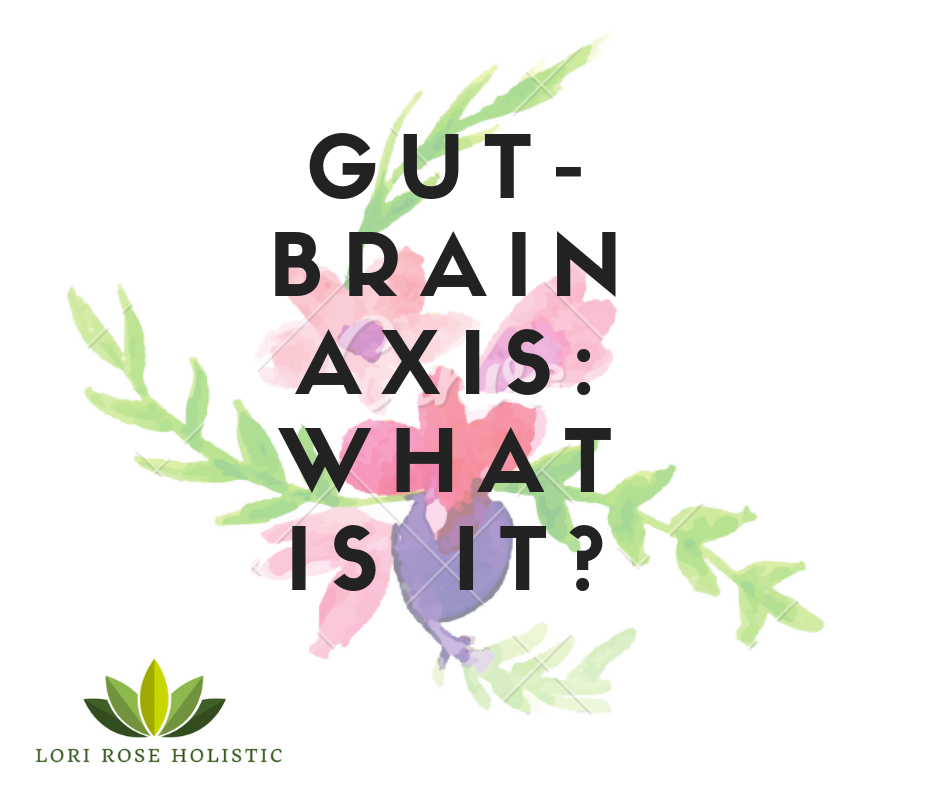
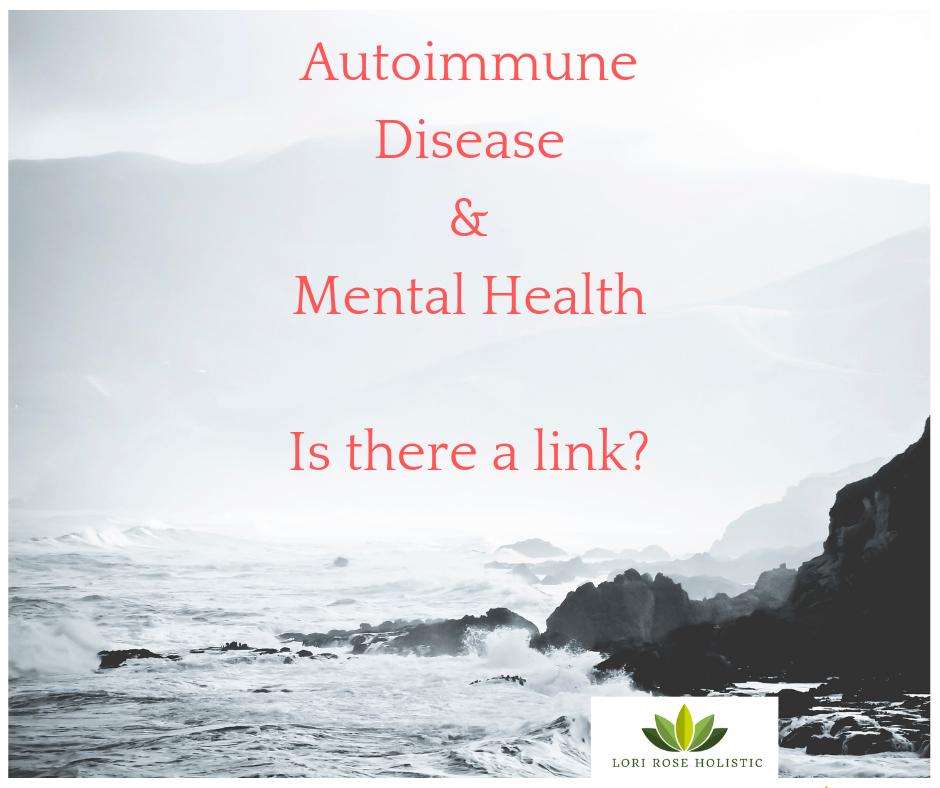

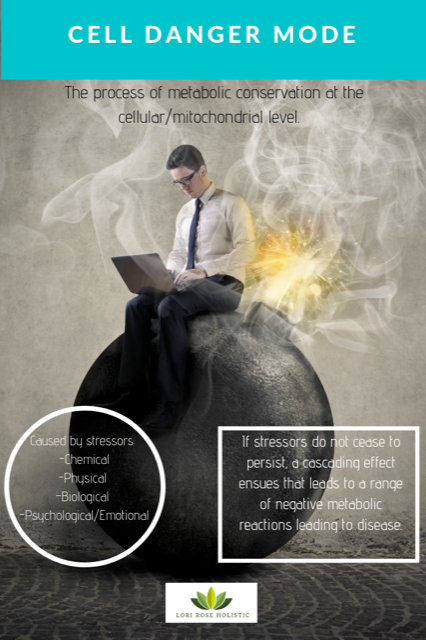
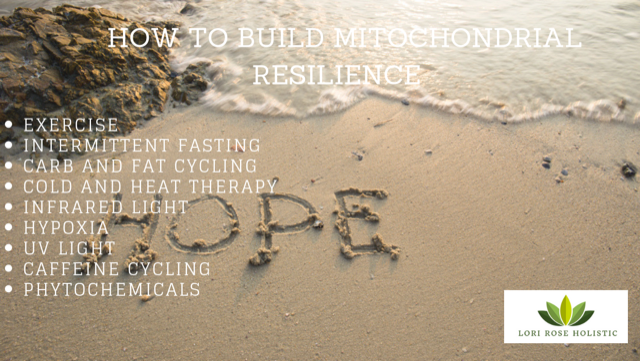
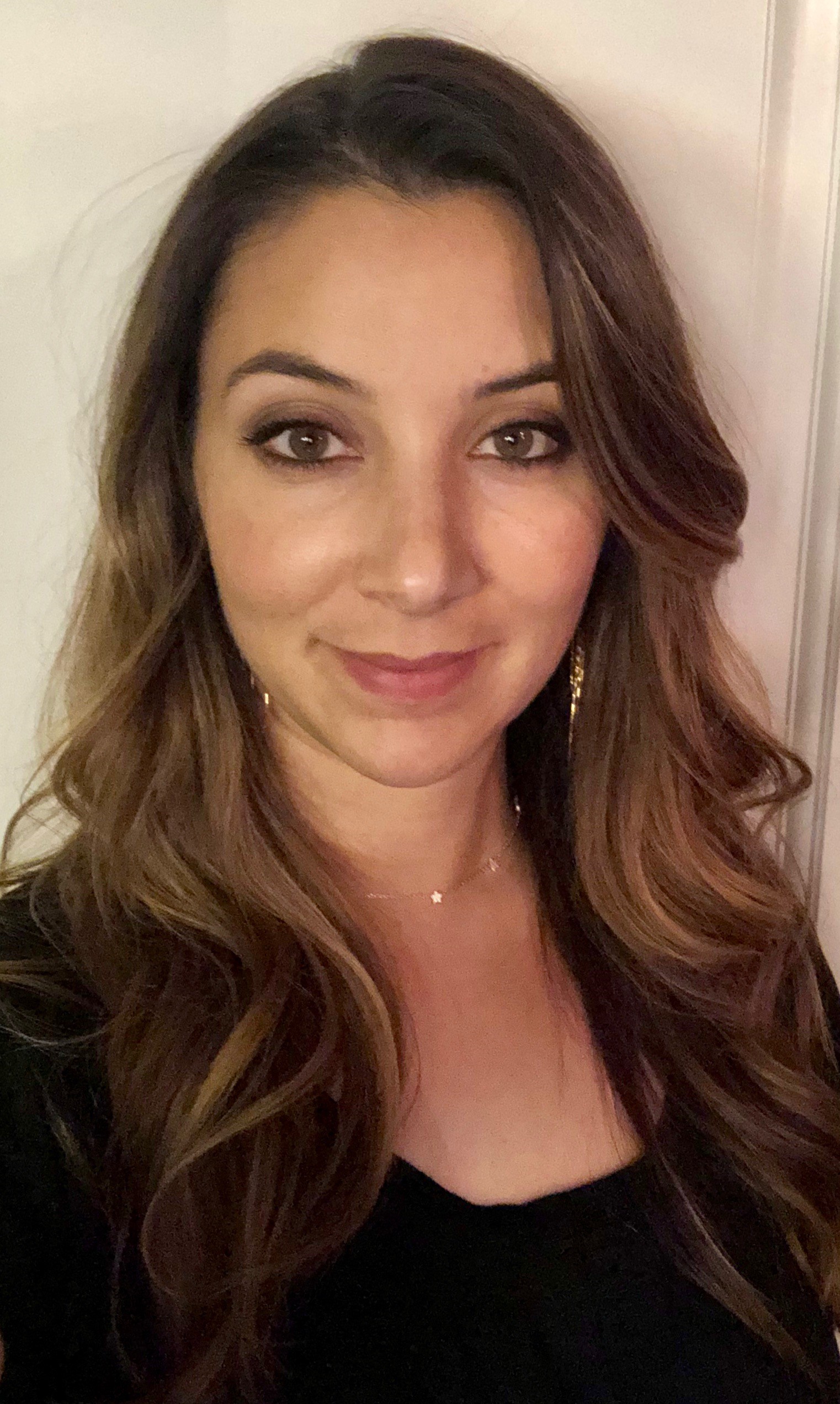 My name is Shereen Hirbod. I have a BA in kinesiology from St. Mary’s College in Moraga and an MA in Holistic Health Education with a Specialty in Holistic Nutrition from John F. Kennedy University. I also am a certified Health Coach. My passion is working with people from a holistic perspective, encompassing all aspects of a person’s life to empower them in making changes in their health and well-being. As a health coach I use coaching tools, to validate, support, encourage, empower and hold accountable clients to attain the health and well-being they strive to achieve. As a Holistic Nutritionist, I do nutritional consulting that encompasses getting to the root causes of health concerns with the help of a thorough health history, from an evolutionary perspective. This includes blood chemistry, base line evaluations, and a nutrition plan, including nutritional supplements to reach vibrant health. I do not diagnose nor am I medical practitioner. I believe in the power of nutrients from whole foods, a healthy way of eating, as well as a holistic perspective covering mind, body, and spirit to bring about health and well-being.
My name is Shereen Hirbod. I have a BA in kinesiology from St. Mary’s College in Moraga and an MA in Holistic Health Education with a Specialty in Holistic Nutrition from John F. Kennedy University. I also am a certified Health Coach. My passion is working with people from a holistic perspective, encompassing all aspects of a person’s life to empower them in making changes in their health and well-being. As a health coach I use coaching tools, to validate, support, encourage, empower and hold accountable clients to attain the health and well-being they strive to achieve. As a Holistic Nutritionist, I do nutritional consulting that encompasses getting to the root causes of health concerns with the help of a thorough health history, from an evolutionary perspective. This includes blood chemistry, base line evaluations, and a nutrition plan, including nutritional supplements to reach vibrant health. I do not diagnose nor am I medical practitioner. I believe in the power of nutrients from whole foods, a healthy way of eating, as well as a holistic perspective covering mind, body, and spirit to bring about health and well-being.










